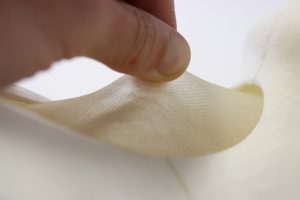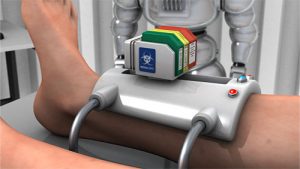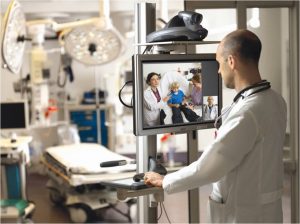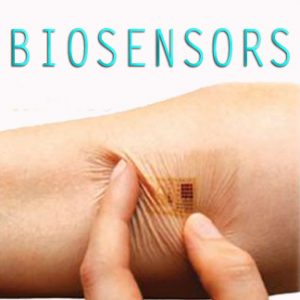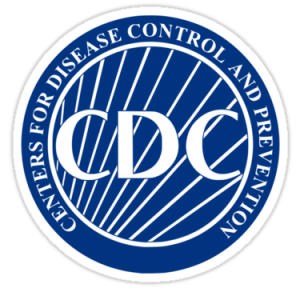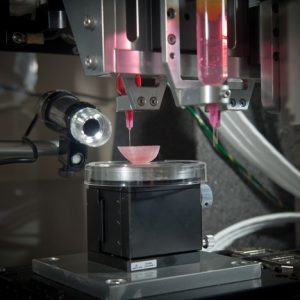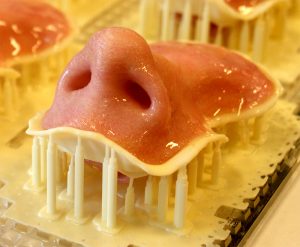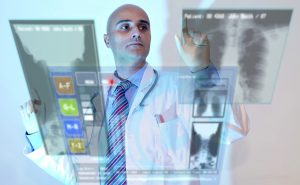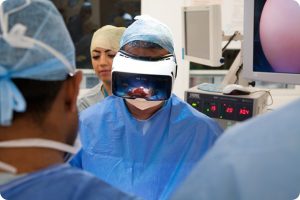Will Precision Medicine Become Commonplace?
Will precision medicine become commonplace?
Precision medicine is a relatively new and powerful approach to medical care. Given its current growth rate and potential, precision medicine will likely be commonplace very soon.

Medicine is not always a one-size-fits-all solution – what works for one patient may not work at all for another. Individual differences in biology, environmental factors, and lifestyle may play a role in the risk of disease, affect symptoms, and even influence how well treatment works.
Treatments that shrink tumors or alleviate symptoms of arthritis in some patients, for example, are not always effective for other patients. Precision medicine aims to overcome the influences of biology, environment and lifestyle by matching the right treatments with the right patients.
Precision medicine involves the use of extensive medical testing that identifies unique differences in a patient’s condition, followed by the development of a treatment plan specific to that patient. In other words, doctors will run tests to identify unique characteristics that might make a patient more susceptible or resistant to certain diseases or treatments, and then create personalized treatment plans for each patient.
Precision medicine allows researchers and prescribers to predict which treatments and prevention strategies will work best to treat diseases in which groups of people. In contrast, the one-size-fits-all approach uses treatments and disease strategies designed for the average person.
Past, Present and Future of Precision Medicine
While the term “precision medicine” is relatively new, the concept of providing patient-specific treatment has been around for decades. For example, doctors perform blood tests to match patients with the right type of blood; they have been doing this since the early 1900s.
The advent of modern personalized medicine began about 20 years ago, when oncologists began using targeted therapy to treat HER-2 positive breast cancer. Precision medicine got a boost in 2015 with the introduction of the National Institutes of Health (NIH) Precision Medicine Initiative. NIH introduced the initiative in hopes of moving “the concept of precision medicine into clinical practice.” In other words, the initiative intends to make precision medicine commonplace.

The targeted, personalized approach already has a significant effect on many areas of medicine, including genomics that studies genes and their function, medical devices, and laboratory testing. Patients already benefit from precision medicine, especially patients with cancer. Doctors can use genetic testing to determine if a patient is at high risk for developing certain kinds of cancer, for example. When tests show that a person has a higher risk of cancer, a doctor can suggest ways to lower that risk. Cancerous tumors also provide genetic information that helps doctors develop more effective personalized treatment plans.
The Precision Medicine Initiative has helped spur the commercial growth of precision medicine. The number of commercialized lab tests, known as predictive biomarker assays, is increasing dramatically. Predictive biomarker assays help doctors, pharmaceutical researchers and manufacturers predict the effectiveness of a treatment in any given patient group. These tests also help classify patients’ unique characteristics, which allow researchers and doctors to come up with the safest, most effective treatment for those specific patients.
Advancements in genome sequencing, an increase in consumer-focused healthcare, and innovations in healthcare information technology (IT) and connectivity have fueled explosive growth in the precision medicine market. Market Watch reports the value of the global precision medicine market at USD 47.43 billion in 2019, and projects the market will grow at a Compound Annual Growth Rate (CAGR) of 12.3 percent to reach a net market size of USD 119.90 billion in 2025.
Precision medicine will also stimulate further research exploring the genetic, environmental, and lifestyle factors that influence the development of disease and response to treatment. This research will likely bring about innovations that make precision medicine commonplace in clinical medicine.
SOURCES
Frank Magliochetti News
Frank Magliochetti News will be centered around reporting on trends, innovations, and news in the healthcare and bio/pharma industries.
Frank Magliochetti News is the latest in a growing network of online publications by Frank.
I’m please we have released Frank Magliochetti News, with so much going on it is my hope that Frank Magliochetti News will shed light on current, relevant, healthcare and pharma industry topics and innovations . Please take time to head to my personal and corporate sites for news and information.
Earlier this year, Frank was appointed chairman of the board at Grace Health Technology, a company providing an enterprise solution for the laboratory environment.
Frank Magliochetti owes his professional success to his expertise in two areas: medicine and finance. After obtaining a BS in pharmacy from Northeastern University, he stayed on to enroll in the Masters of Toxicology program. He later specialized in corporate finance, receiving an MBA from The Sawyer School of Business at Suffolk University. His educational background includes completion of the Advanced Management Program at Harvard Business School and the General Management Program at Stanford Business School. Frank Magliochetti has held senior positions at Baxter International, Kontron Instruments, Haemonetics Corporation, and Sandoz. Since 2000, he has been a managing partner at Parcae Capital, where he focuses on financial restructuring and interim management services for companies in the healthcare, media, and alternative energy industries.
Media Crush
Mr. Frank Magliochetti MBA
Managing Partner
Parcae Capital
www.parcaecapitalcorp.com

